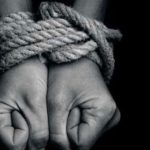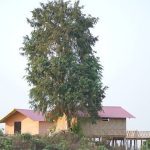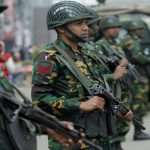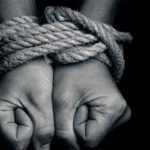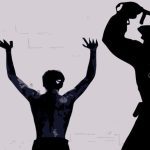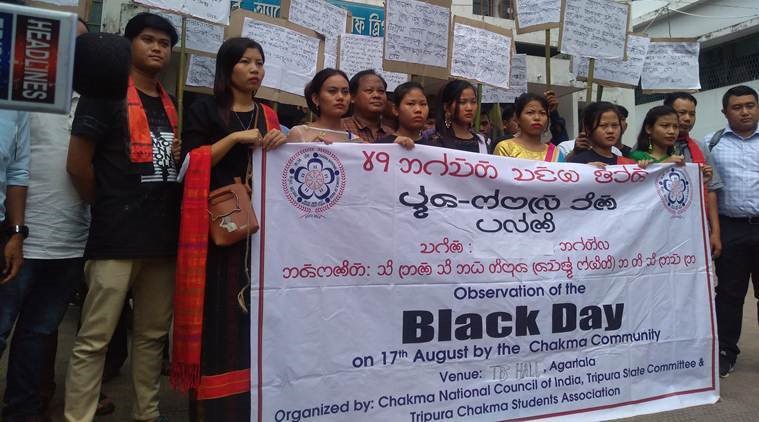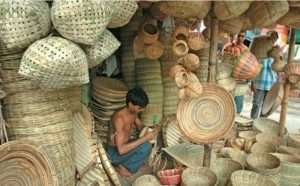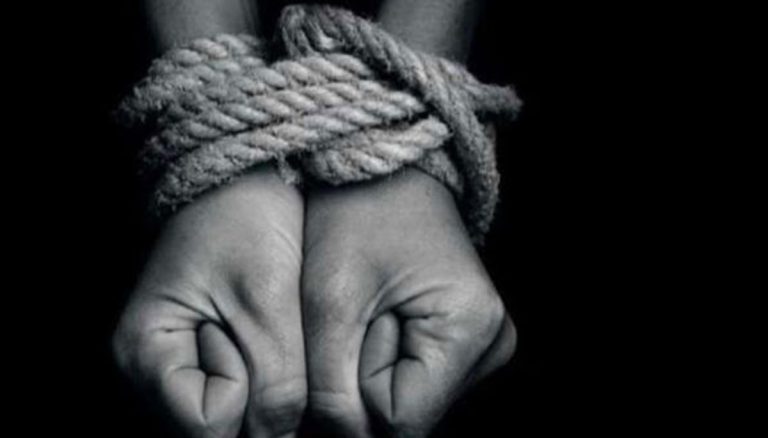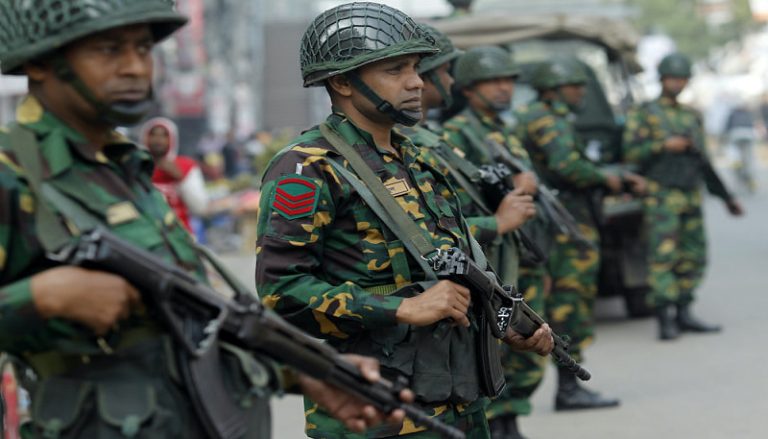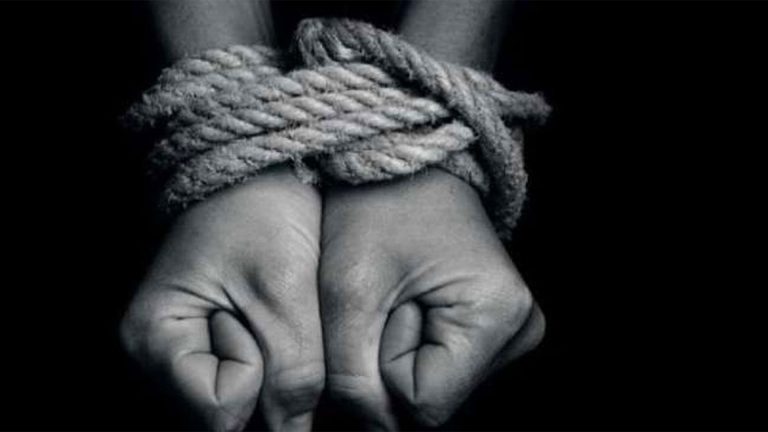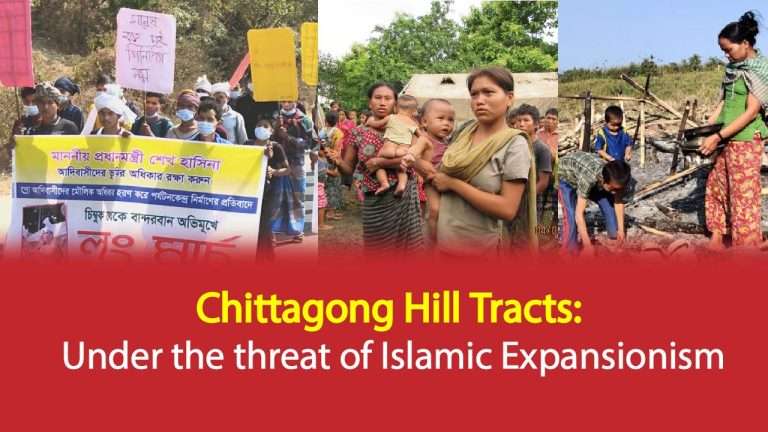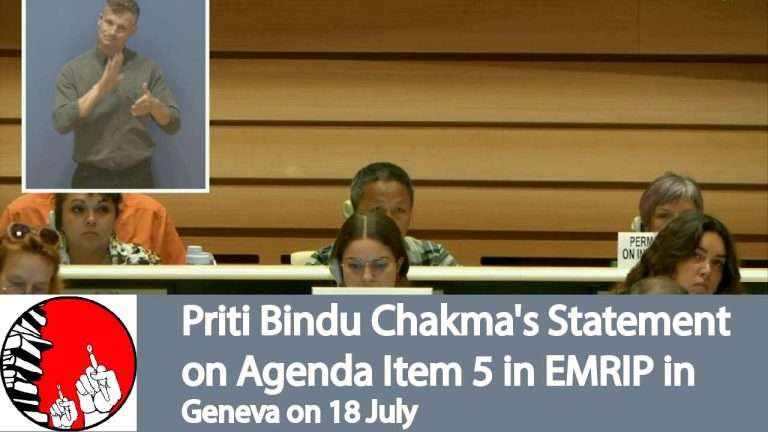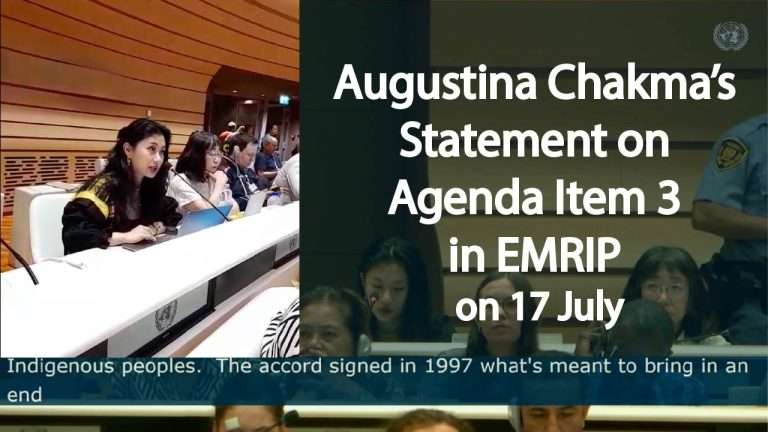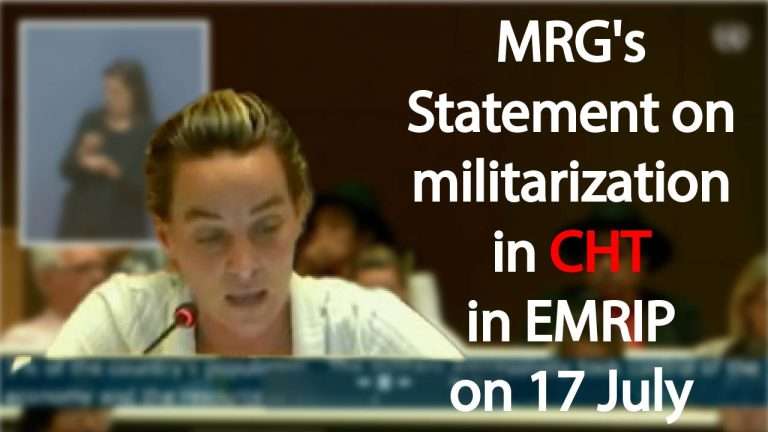Hill Voice, 17 August 2019, Thursday, Agartala: National Council of India (CNCI) and Tripura Chakma Students Association (TCSA), who have observed August 17 as ‘Black Day’ since 2016, held protests across 11 locations of Tripura including Agartala, Kanchanpur, Pecharthal, Kumarghat, Manu, Chailengta, Chowmanu, Gandacherra, Natunbazaar, Silachari and Birchandramanu this year.
General Secretary of CNCI of Tripura chapter Uday Jyoti Chakma said the black day was observed in protest against the historic injustice of handing over Chittagong Hill Tracts (CHT) to Pakistan during merger of 1947.
“We are observing this Black Day like previous years against torture and pain caused by instability, ethnic cleansing and injustice against the Chakma people in CHT. We consider CHT as integral part of India and seek justice and sympathy from the International Court of Justice”, state Vice President of the ethnic body Aniruddha Chakma said.
The CHT is traditionally inhabited by at least 11 ethnic minorities including Chakma, Marma, Tiprura, Chak, Murung, Khumi, Lushai, Bowm, Khiyang, Pangkho and Tanchangya. It covers approximately 5,138 sq miles and is bounded on the north by Tripura, Arakan Hills of Myanmar on the south, Lushai Hills of Mizoram and Arakan Hills of Myanmar on the east and by Chittagong District on the west. 98.5 percent of CHT was inhabited by Buddhist and Hindu communities at the time of Independence but CHT was still declared Pak territory by the Boundary Commission led by Sir Cyril Radcliffe.
Chakma leader Snena Kumar Chakma hoisted the Indian tricolor at Rangamati, district headquarters of CHT, on August 15, 1947. Two days later, it was officially announced on radio that CHT would be in Pakistan and the tricolour was lowered by Pak forces on August 21. Chakma leaders were identified as Indian sympathizers ever since till Pakistani rule ended in 1971 and Bangladesh was born.
Raising allegations of ethnic persecution, Chakmas from CHT sought refuge in Indian territory in several phases since their inclusion in East Pakistan. Over 40 thousand Chakmas took shelter in India following the eviction of Kaptai Dam in 1960s. All of them were later relocated to Arunachal Pradesh. Over 50 thousand of them were sheltered in different relief camps in Tripura and Mizoram in 1986 followig communal attack on Jumma peoples by Bangladesh military and Muslim settlers. The last group of Jumma refugees sought asylum in Tripura in 2013 following Taindong communal and arson attack in Khagrachari. They were later sent back.
A group of agitating Chakma people convened in a gathering at TB Association Hall here this afternoon and took out a rally protesting the alleged ‘historic injustice’. They also demanded re-including CHT of Bangladesh in India and claimed Chakma and other ethnic tribes living there still consider India as their ‘imagined homeland’.
Chakma National Council of India (CNCI) and Tripura Chakma Students Association (TCSA) have been observing ‘Black Day’ on August 17 for three years now. After seven decades of independence, people of Chakma ethnic community living in Tripura have claimed Chittagong Hill Tracts (CHT) to be ‘integral part’ of India and demanded justice from the International Court of Justice citing grounds of ethnic persecution.
